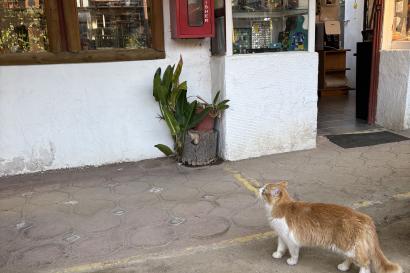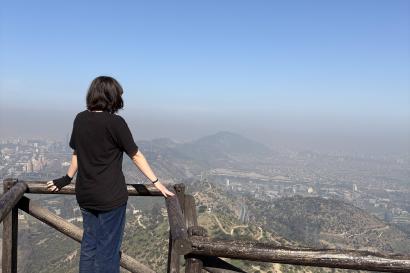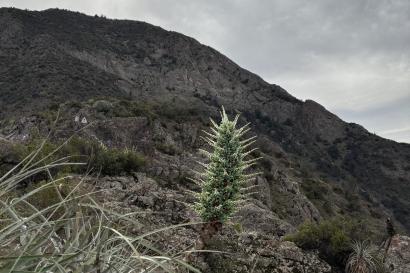Planning a backpacking trip is always complicated and stressful but navigating rentals and campsites in a foreign country makes it even more difficult. I relied on asking other exchange students or Chileans who already completed the trek for tips on organizing my trip to Torres del Paine National Park, Patagonia. I hope this will help you plan your trip!
The first step is to book campsite reservations for the 46-mile Torres del Paine W trek, whose name comes from the literal shape of the hike that mimics a W. The typical trek is 5 days and 4 nights. It starts at the Refugio (refuge/base center) Central close to the famous Las Torres lookout, and ends at the Refugio Paine Grande near Glacier Grey. This is the typical East to West route, but it is entirely possible to hike it in the opposite direction, which I ended up doing.
Where you start may depend on which campsites are available for the desired dates. For this reason, it is important to book the campsites early, especially if you are planning on visiting Torres del Paine during the busy season from December to January. However, I did not understand how early I needed to make a reservation. I booked campsites over a month before my trip in November and most of the campsites were already booked. Ideally, I should have booked the campsites 2-3 months before my trip to avoid the difficulty I had in booking for mid-November.
Most of the most economical campsites, where you only pay for a space to set up your tent, book up quickly. Other options are hostels or premium campsites that come with pre-pitched tents. These can be quite expensive but may be the only accommodations available during the busy season.
It is possible to do self-guided hiking of the W trek anytime from October to April, but towards the beginning or end of these months the weather is highly variable, which can make the trek all the more difficult. In the mountains, the weather changes rapidly, and the risk of snow, rain, and intense wind is high. A friend of mine who hiked the W in the first week of October got caught in a snowstorm and was hiking in snow up to her waist. She was not able to complete the final part of the trek, so hiking during the winter months is not advisable.
Still, during the spring/summer season from November to March, rain or snow is possible and one must prepare for such weather. I brought waterproof pants and a rain jacket; however, I luckily only experienced a slight drizzle and I never had to pull out my rain gear.
I bought my rain gear at a popular sports store in Chile called Decathlon, which has practically any gear you would need for the hike, including waterproof hiking shoes, gloves, a quick-dry towel, and base layers.
I rented the rest of the gear I needed for the hike at my hostel in Puerto Natales: a tent, a sleeping bag and mat, trekking poles, a backpack, and a cooking set that included a stove, pots, dishes, and utensils. Puerto Natales is the closest city to the national park, so it is filled with hikers who are about to start the trek or have recently finished. I booked a ticket online for a bus that took me from Puerto Natales to the park’s entrance in two hours. Then, once I was in the park I used a combo of shuttles and ferries to arrive at my starting point Refugio Paine Grande.
Torres del Paine National Park along with its gateway city Puerto Natales is set up for tourists, so organizing and navigating the treks is quite easy. I went to the ends of the earth and it was out of this world!

Mira Diamond-Berman
Hi! I'm Mira and I'm a Chemistry major at Grinnell College! love taking my dog on long walks and binging a good book. When traveling, I love going on runs to explore new places.








